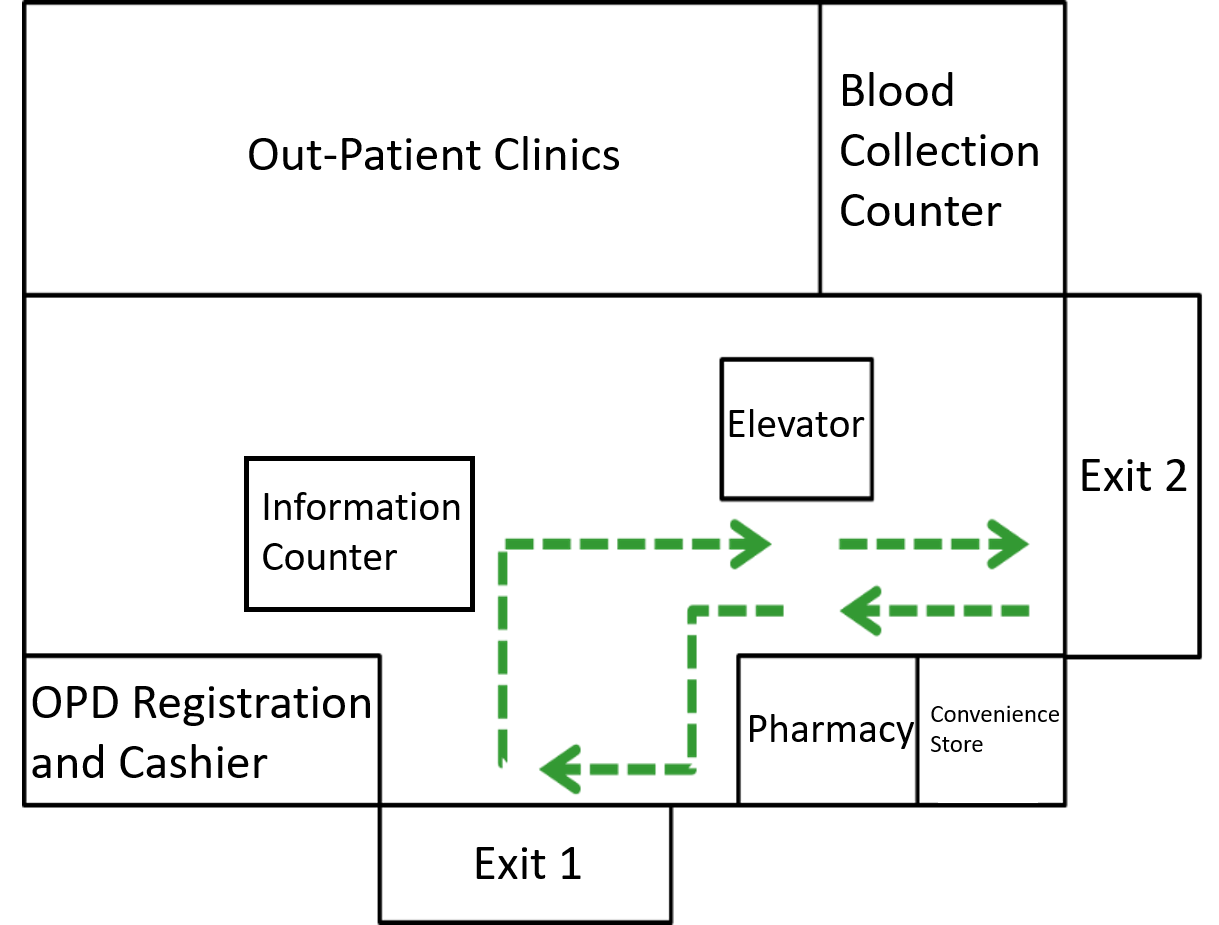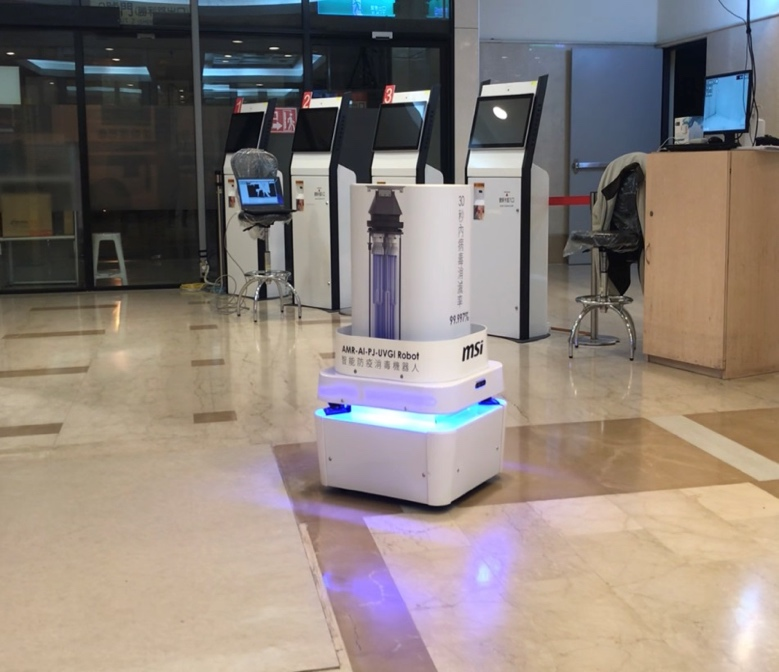During the COVID-19 pandemic, NCKUH actively integrated innovative technologies to enhance epidemic prevention, safeguarding public health and medical staff safety. A key component of this initiative was the implementing the TOCC (Travel, Occupation, Contact, and Cluster) system, which accurately tracks hospital visitors and monitors daily and hourly admission counts at each entrance.
The TOCC system streamlines hospital entry by automating processing and minimizing congestion and wait times, particularly during peak hours. This implementation has significantly reduced staff workload while enhancing patient experience. Furthermore, the system's database automatically identifies high-risk individuals, such as those with recent international travel history. It triggers corresponding preventative measures to mitigate potential viral spread.
To reinforce disinfection protocols further, we deployed an automated environmental disinfection robot generously donated by a vendor. This robot is equipped with high-powered UVGI (Ultraviolet Germicidal Irradiation) technology, enabling chemical-free air disinfection and effectively reducing surface contamination risks. It autonomously filters airborne pathogens, molds, and bacteria, neutralizing them with UV light before releasing purified air.
Initially, the disinfection robot was deployed on the first floor of the outpatient building, covering the high-traffic area between Gates 1 and 2. Medical engineers designed the robot's navigation path, utilizing image recognition technology to create spatial mapping and ensure comprehensive disinfection coverage. Critically, the robot is fully integrated with the hospital's real-time database. This allows it to autonomously execute disinfection tasks based on live admission data and risk assessments.
These technological advancements have significantly improved staffing efficiency and epidemic prevention measures. Data shows that the introduction of automated systems has reduced epidemic prevention personnel requirements by approximately 41.9%, optimizing human resource allocation. The robot operates without requiring additional cleaning staff, offering a safer and more efficient disinfection process while eliminating potential hazards associated with chemical disinfectants and ozone exposure.
By leveraging these cutting-edge technologies, our hospital has enhanced its medical hygiene standards and created a safer and more comfortable healthcare environment for all patients. As technology continues to evolve, we remain committed to further advancing these systems to strengthen epidemic prevention capabilities and uphold the highest standards of patient.

Figure 1
